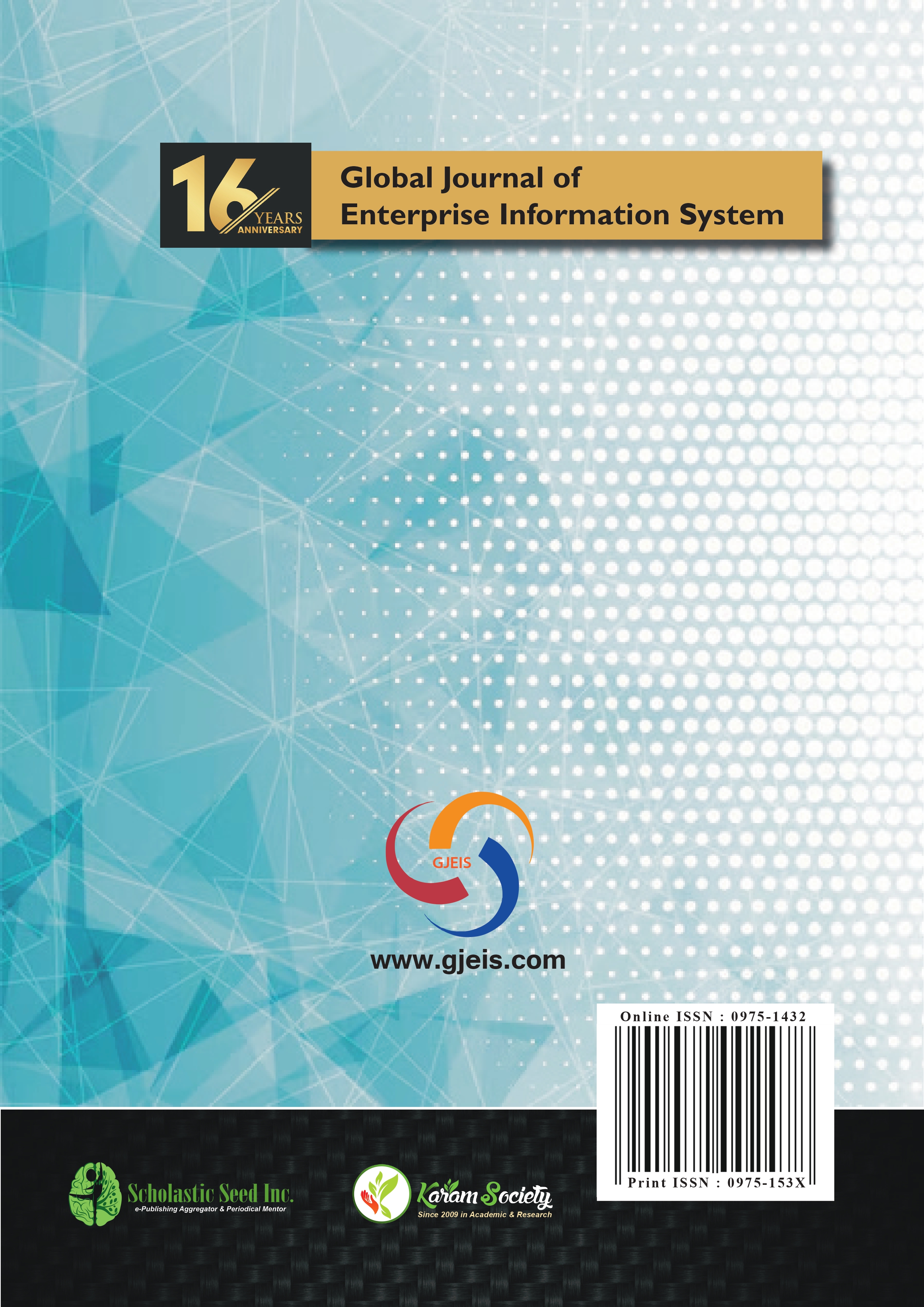A Study of Options Volatility Smile: Empirical Evidence from India
Abstract
According to the latest data compiled by Futures Industry Association (FIA) NSE’s CNX Nifty Options is ranked in the first place for
trading volumes globally. NSE uses Black Scholes model as a benchmark tool to fix the base prices of options underlying Nifty index
and stocks. The model has certain anomalies and limitations. Our research examines the volatility smile pattern and the determinants for S&P CNX Nifty options from April 2014 to March 2015. We have used OLS regression to estimate the relationship between
IV and moneyness. To assess the determinants that cause the smile pattern, we have used Granger Causality test. We conclude that
there exists a positive relationship between implied volatility and moneyness and the volatility smile is more asymmetric for put
options rather than call options. Also the time to expiration for an option and historical volatility are the important determinants
of the observable asymmetric profile.








